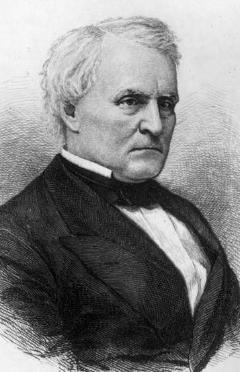The Chase Court (1864–73)Introduction |
In what two cases did the Chase Court change positions with respect to greenbacks? |
Two of the more important Chase Court decisions—Hepburn v. Griswold (1870) and the Legal Tender Cases (1871)—dealt with whether the Legal Tender Act of 1862 was constitutional. The Legal Tender Act enabled the government to force creditors to accept paper money instead of gold coins for debts.
The first time the issue came before the Court, it ruled 4–3 in Hepburn v. Griswold against the constitutionality of the Legal Tender Act as applied to preexisting contracts. Before the passage of the Legal Tender Act, Susan Hepburn borrowed $11,250 from Henry Griswold. Hepburn then sought to pay the debt back in paper money instead of coin. Griswold sued to recover the debt in gold and silver coin, as gold was worth more than paper money. The Court narrowly ruled 4–3 in Griswold’s favor, determining that the Legal Tender Act could not be applied retroactively to preexisting contracts.
After this decision, President Ulysses S. Grant appointed two new members to the U.S. Supreme Court, William Strong and Joseph Bradley. This shifted the balance of power and led to a reversal of Hepburn v. Griswold.
In two cases, Knox v. Lee and Parker v. Davis (collectively called the Legal Tender Cases), the U.S. Supreme Court ruled 5–4 that debtors could repay creditors in paper money instead of coin. The Court also ruled the Legal Tender Act constitutional.

